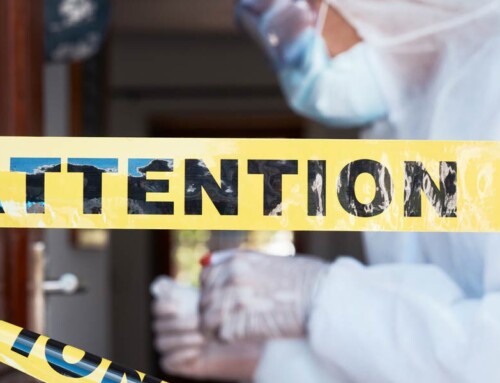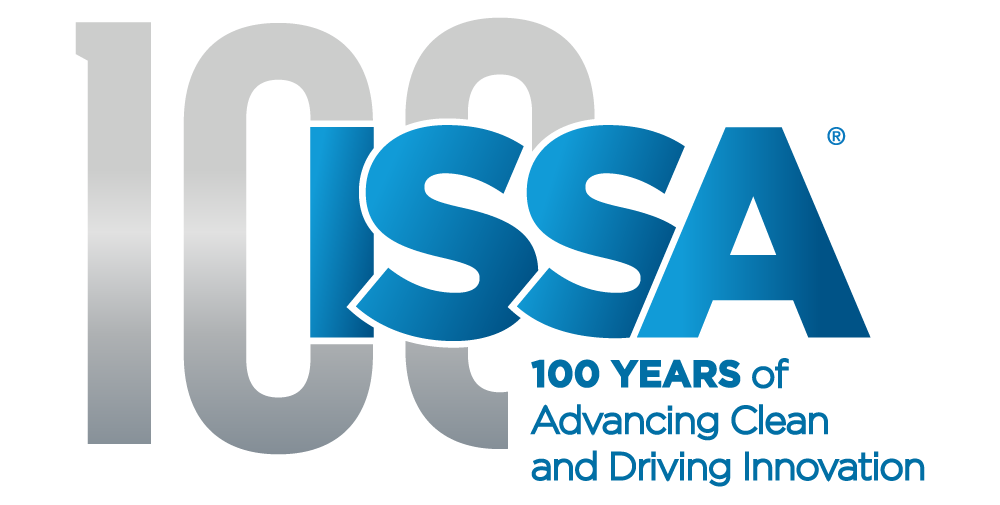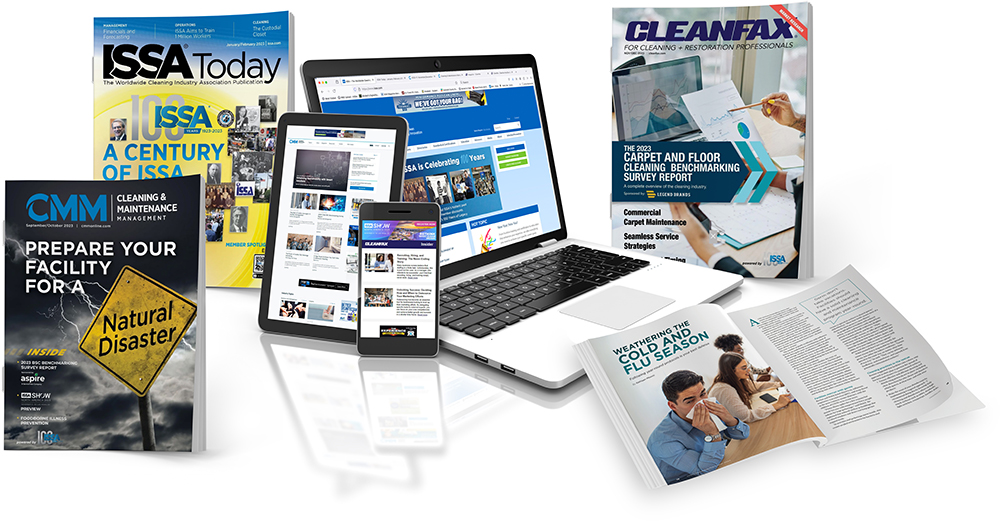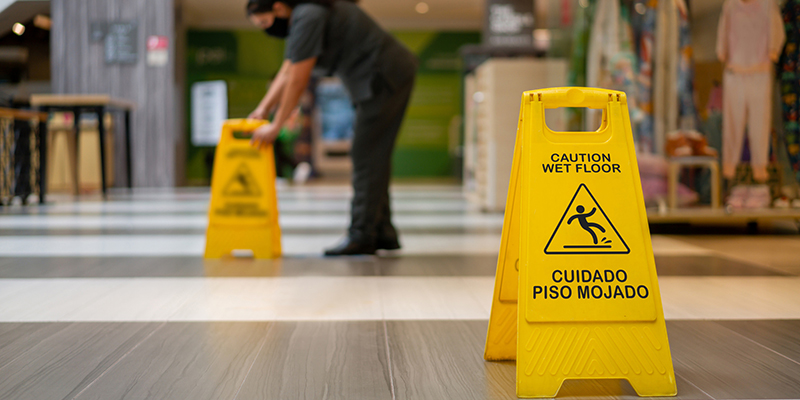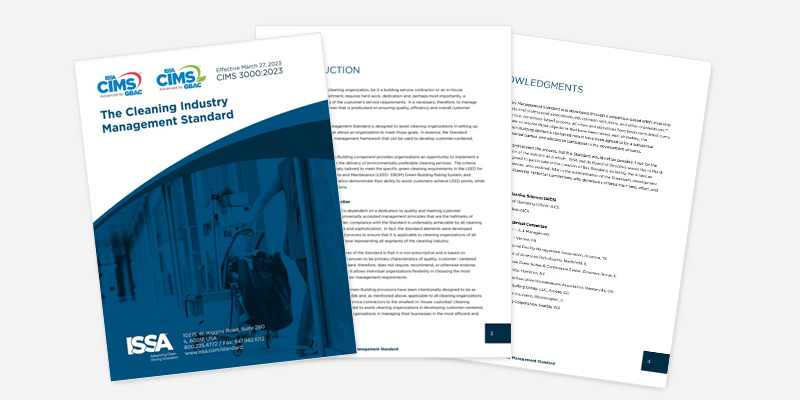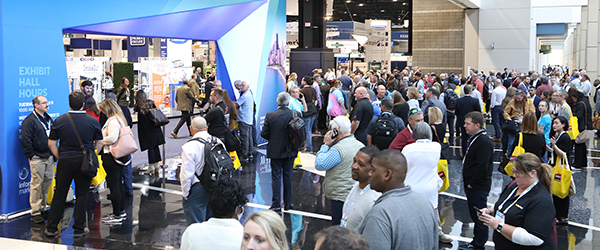Winter Carpet Care Calls for a Plan
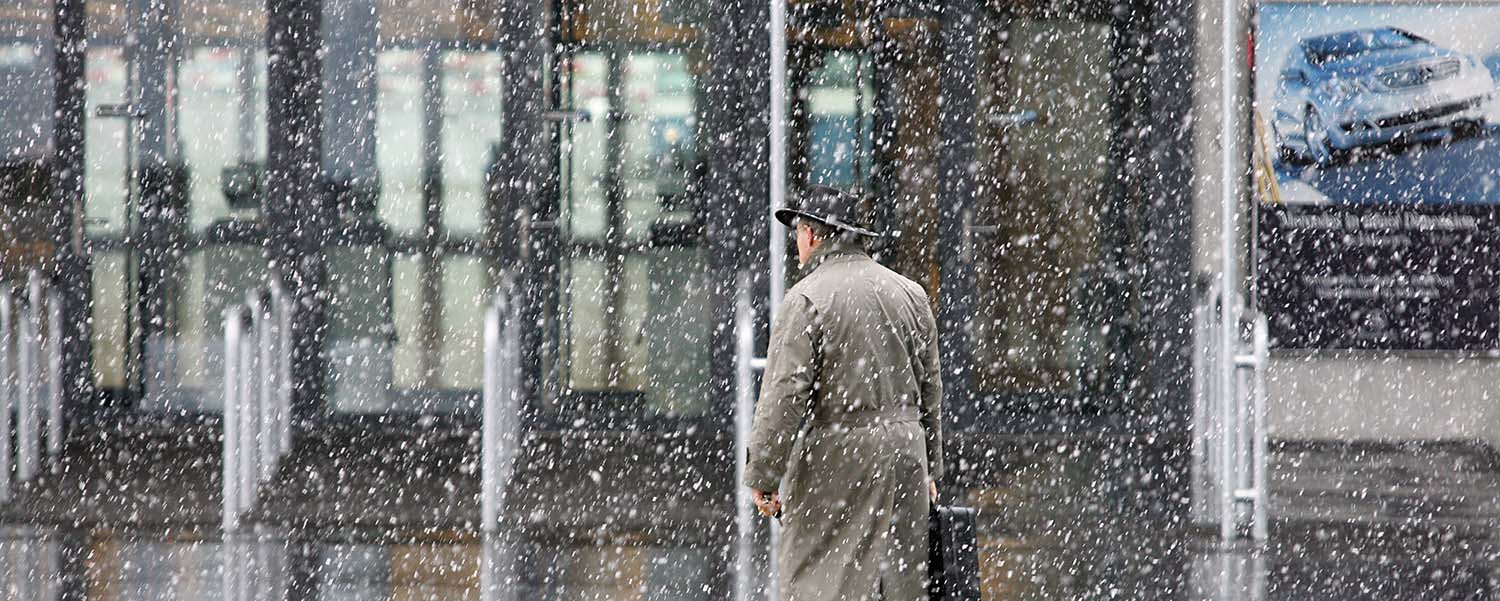
Most facilities have one of two types of carpet cleaning plans in place. Some facilities have their carpets cleaned every few months on a set schedule―whether they need it or not―but most facilities seem to clean their carpets only when they look soiled.
Surprisingly, neither of these programs is efficient, as not all carpets experience the same amount of soiling. Carpets on upper floors of a building, for instance, tend to be far less soiled over the same amount of time as carpets on the first floor near building exits, loading docks, industrial areas, etc.
Most carpet care experts agree that the approach of cleaning carpets only when they appear soiled is too late. Carpets hide soiling, and hidden soils can act as abrasives, resulting in premature wear, loss of fiber material, and sometimes even loss of color.
These problems can all come to a head and have a negative impact on carpets during the colder winter months when outdoor soiling tends to increase along with moisture and ice. The use of chemicals such as ice melts, which help prevent slip-and-fall accidents, can also play havoc on carpets. Further, during the wet winter months, there is a greater possibility that mold, mildew, and bacterial growth can develop in carpets.
In order to protect carpets during the winter, facility managers and cleaning professionals need an effective winter carpet care maintenance plan in place to keep carpet clean and protect the entire indoor environment. The following are some of the key steps involved in an effective winter carpet care program.
- Decide on a plan. While many facilities have a hard-surface floor care plan in place, they often neglect to design a similar strategy for carpets. The key benefit of having a cleaning and maintenance plan in place for both carpets and hard-surface floors is that it helps to ensure the work actually gets done. Some collaboration among facility managers, cleaning professionals, and building users is recommended to create the plan―and it should be formalized in writing.
- Reevaluate the benefits of matting. Many facilities still view matting as merely a way to prevent slip-and-fall accidents. While that is one of their key benefits, effective matting systems also keep as much as 80 percent of moisture and soil from entering a facility. At least 15 feet of matting—including scraper mats, combination wiper/scrapers, and wiper mats—should be installed at all building entrances.
- Increase outdoor cleaning frequencies. Many facilities pressure wash outdoor areas—plazas, sidewalks, etc.—on a regular basis. Weather permitting, these areas should be cleaned more frequently during the winter months.
- Increase vacuuming frequencies. Vacuuming is probably the single most important component of a winter carpet care maintenance program. Cleaning personnel should vacuum all high-traffic areas, entrance mats, and entrance areas―as well as all main walkways―on a daily basis. Busy locations may actually need to be vacuumed several times a day. Also, more attention is needed on the lower floors of a facility during the winter months to help prevent first-floor soiling from making its way upstairs.
- Pay attention to special vacuuming needs. Certain carpeted areas tend to become more soiled during the winter months, and these will need more cleaning attention. These include inside elevators, carpeted areas directly outside of elevators and around escalators, and transition areas where hard surface floors meet carpeting and between different sections of a facility (especially if one section tends to become more soiled, such as a warehouse or industrial area).
- Lift the carpet. Raking or grooming carpets has become almost a lost art. Yet this simple step both breaks up soils and contaminants so they can be removed more easily via vacuuming and scrapes off soils that have become attached to carpet fibers. Raking frequencies will vary depending on foot traffic, but cleaning personnel should rake carpets much more frequently during the winter months. Once again, first-floor areas and carpeted areas near building entries generally need more frequent attention during the winter.
- Apply simple spotting techniques. The best time to clean a spot is immediately after it happens. This is why having a spotting kit readily available is imperative. Cleaning personnel should spot carpets daily and effectively so that spots and stains do not reappear, cause odors, or tarnish the appearance of the carpet. To ensure spotting effectiveness in the winter months, it can be a good idea to follow up spotting by cleaning the area using a hot-water extractor. This removes any remaining spotting chemicals, rinses the area, and helps remove any remnants of the spot from the carpet.
- Consider using hot-water extraction. Some facility managers put off cleaning carpets during the winter months under the assumption that it is better to wait until winter weather is gone. Nothing could be further from the truth or worse for the health of a facility’s carpeting. Especially in high-traffic, entry, transition, and first-floor areas, carpets should actually be extracted more often during the winter months to help remove deeply embedded soils and ensure that the carpet continues to work effectively, absorbing soils.
The extraction process works by injecting pressurized, heated, water-based cleaning solution into a carpet. This injected solution pushes soils to the surface of the carpet. The mixture of soils and solution is then removed by a wet vac. Experts strongly recommend using a heated extractor, especially during the winter months. Most floor covering manufacturers recommend (or even require for warranty purposes) the use of hot water extractors. Typically, using heat provides a deeper clean and less chemical residue is left in the carpet after cleaning, which helps prevent rapid resoiling.
All facilities should have a carpet care cleaning and maintenance plan in place both during the winter months and throughout the rest of year. Taking a proactive approach keeps carpets clean and healthy and extends the life of carpets. This can also mean that funds that might be used to replace carpets can be used for other purposes—a good idea during tough financial times.

